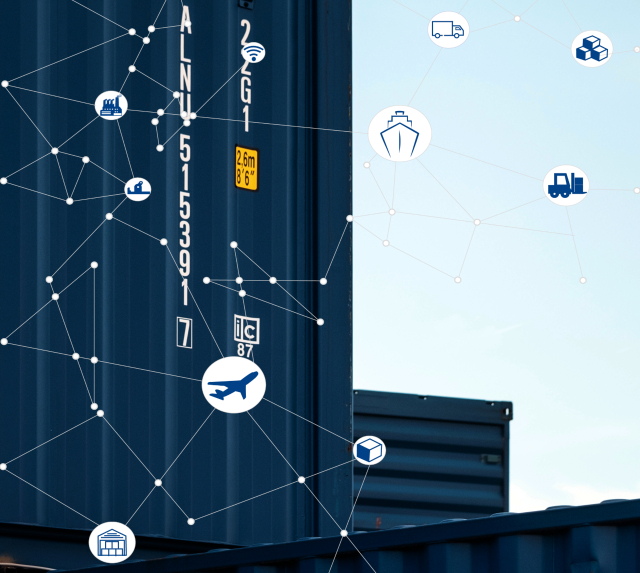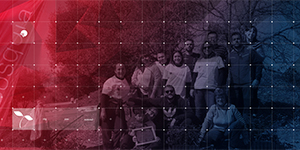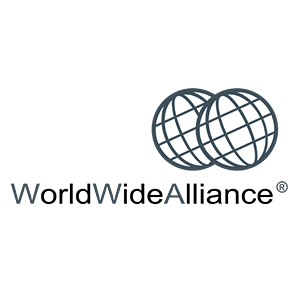United Nations Conference on Trade and Development – UNCTAD
UNCTAD, in its annual report on technology and, taking the year 2030 as its horizon, points out the following technological areas that considers most strategic and with the greatest potential to change the world: Big Data, Internet, Artificial Intelligence, 3D printers, Biotechnology, Nanotechnology, Renewable energies, Satellites and Blockchain Drones.
The report takes on the incredible speed with which the technological changes are taking place and the great effect that they are going to have in the life of people in a near future.

The secretary general of Unctad, Mukhisa Kituyi, gave a vibrant prologue on the subject, in which he appeals to politicians, businessmen and other social actors to be conjured so that their citizens, their companies, their communities, and their nations don’t miss the train of technological advances, since they are the best way to end poverty, improve the health of people and stop, and even reverse, the current levels of environmental degradation.
Moreover, the report demands to pay special attention to developing countries so that, in particular, women and girls are not left out of the new technological frontiers that lie ahead.
Otherwise, if various sectors of the population are left out of the new era of technology and knowledge, the marginalization of the poorest will increase, and this will push the most reactionary movements against societies and open economies.
TT CLUB/McKinsey
On the other hand, the insurance company TTClub publishes the report of the consulting firm McKinsey on the container shipping industry for the next 25 years.
This report indicates that, as years have passed since the appearance of the container, all the cargo susceptible to be containerized have been containerized and, at the same time, many products have reduced their volume, either by design or to occupy less space, such is the case of flat TV screens, PCs or furniture disassembled.
The hopeful exception lays in the agricultural industry where, according to this report, there is still potential for greater use of the container in the near future.
Likewise, growth capacity can be also detected in the influence and presence of the inland container, especially in developing countries, referring especially to the independent carriers as the ones more likely to achieve this goal.

The report points out that mergers and takeovers will continue because the current degree of concentration is still low compared to other sectors such as international express parcel services or air transport.
The report also gives us peace of mind when it confirms that, in the next 25 years, the logistics sector will be very similar to what currently looks like, with container ships, maritime agents and terminals as we know them now. Although they will be much more automated and, above all, controlled by highly trained human teams to manage the digitized systems that will increase the rationalization and efficiency of the processes, thus, productivity.
As a result, it discards that novelties will have a massive application in the future, such as autonomous floating containers or undersea hyper loops (transport of goods through underwater tubes). Although, following the latest news published, the owners of TESLA and Virgin do not seem to agree at all.
Singapore Government
Singapore, attractive and disturbing, is the very worthy successor of the city-states of classical Greece. Athenian for its exuberant creativity and Spartan by the demands of its laws and regulations. Small Singapore is placed at the lead of the world ranking of ports, year after year, in terms of container movement.
Aiming to reinforce this privileged position, the port authority of Singapore, along with the main actors involved, have presented their Sea Transport Industry Transformation Map (ITM), a work that sets the objectives and strategies to achieve its most important and ambitious goal, which they hope to reach in 2025.
The Map identifies three main lines of action: Connectivity, Innovation, and Talent.

It announces the appearance of large highly automated terminals (the Tuas Mega-port project) and highlights the creation of local clusters where the companies of the maritime industry and logistics of Singapore are coordinated together with the centers of knowledge (engineering, economics, law, communication, among others). And, technological suppliers join to innovate and improve processes and productivity. So, by showing its global vision, it also calls on transnational clusters to participate in these initiatives.
The chapter on “Talent” is also strategic. The stimulating and continuous training of its professionals (young and not young) that is due to generate new highly qualified jobs, has to be the firm base to maintain their enviable position in the world ranking. Without it, this would be impossible.
The future, from these three very particular visions, share one common point: the fundamental importance of the continuous training of people as the only means of promoting talent and the ability to innovate. This is the center of this technological revolution. It is, therefore, the requirement to lead companies and communities to win the future.











